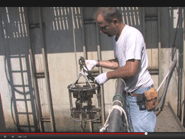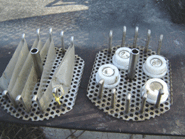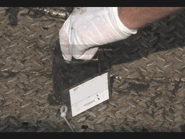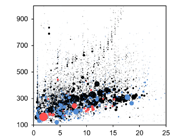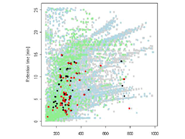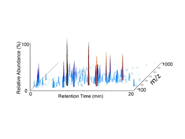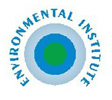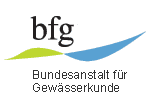You are here
Passive sampling techniques for monitoring of pollutants
Application of passive sampling techniques for monitoring pollutants in the aquatic environment
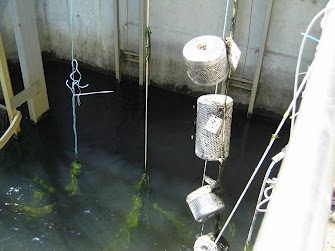
However, a number of problems still need to be solved and there is an urgent need to harmonise work in this area, and to bring together the disparate research groups to develop sound validation procedures for all aspects of the use of passive sampling devices, including laboratory calibration, handling, field deployment, chemical or toxicological analysis and data interpretation.
Since 2009 NORMAN promotes activities in the field of passive sampling, aimed at improving the performance and applicability of these devices in water quality monitoring.
The first NORMAN Expert Group meeting on passive sampling of emerging pollutants was organised on 27 May 2009 as a satellite workshop of the 3rd International Passive Sampling Workshop and Symposium (IPSW 2009; www.animaracio.com/ipsw2009 ), held in Prague, Czech Republic.
In 2011 the NORMAN Association, in collaboration with the European Commission (JRC, Ispra), organised an interlaboratory study focused on a practical evaluation of the passive sampling method. The study - sponsored by NORMAN and JRC in support of the Chemical Implementation Strategy of the Water Framework Directive (CIS WFD) - addressed several groups of pollutants including pharmaceuticals, polar pesticides, steroid hormones, fluorinated surfactants and brominated flame retardants in treated wastewater. The performed study was aimed to assess the reliability of passive sampling method in a comparison with the traditional water sampling approach.
The objective was to facilitate the future acceptance of this method for a routine monitoring of environmental quality. 29 laboratories from Europe, North America and Australia participated in the exercise. Research Centre for Toxic Compounds in the Environment (RECETOX) of the Masaryk University in Brno significantly contributed to the study implementation (www.recetox.muni.cz ).
Read more: Application of passive sampling techniques for monitoring pollutants in the aquatic environment and check out also a video from this interlaboratory study.
A Workshop for discussion and dissemination of the results of the intercomparison study was organised at JRC in Ispra (Italy) on 29–30 October 2012.
2013 - A study for the Application of passive sampling for continuous screening of large rivers was carried out in connection with the JDS3 .
The aim of this study was to test passive sampling as a monitoring tool, based on the assumption that water-exposed passive samplers should reflect the immediate pollution situation in the river, whereas equilibrium with passive sampling in sediments should reflect the pollution history of the river. The study received a financial contribution from the NORMAN Association for its strategic value in the investigation of the possible routes of integration of passive sampling tools in environmental monitoring.
2013 - A NORMAN Expert Group meeting: Linking Environmental Quality Standards and Passive Sampling was organised on 3-4 July 2013 in Brno (Czech Republic) with invited experts in ecotoxicology (Member States’ experts for the derivation of EQS in support of WFD) and experts in passive sampling (analytical aspects) to discuss the possible routes for making WFD EQS compatible with passive sampling results.
2014 - Workshop on "Passive Sampling techniques for monitoring of contaminants in the aquatic environment: Achievements to date and future perspectives" (27-28 November 2014 in Lyon, France ) organised jointly by NORMAN and AQUAREF to have a critical analysis of the still existing barriers in the application of passive sampling techniques and to define the concrete actions needed in view of implementation of these tools in environmental monitoring programmes.

